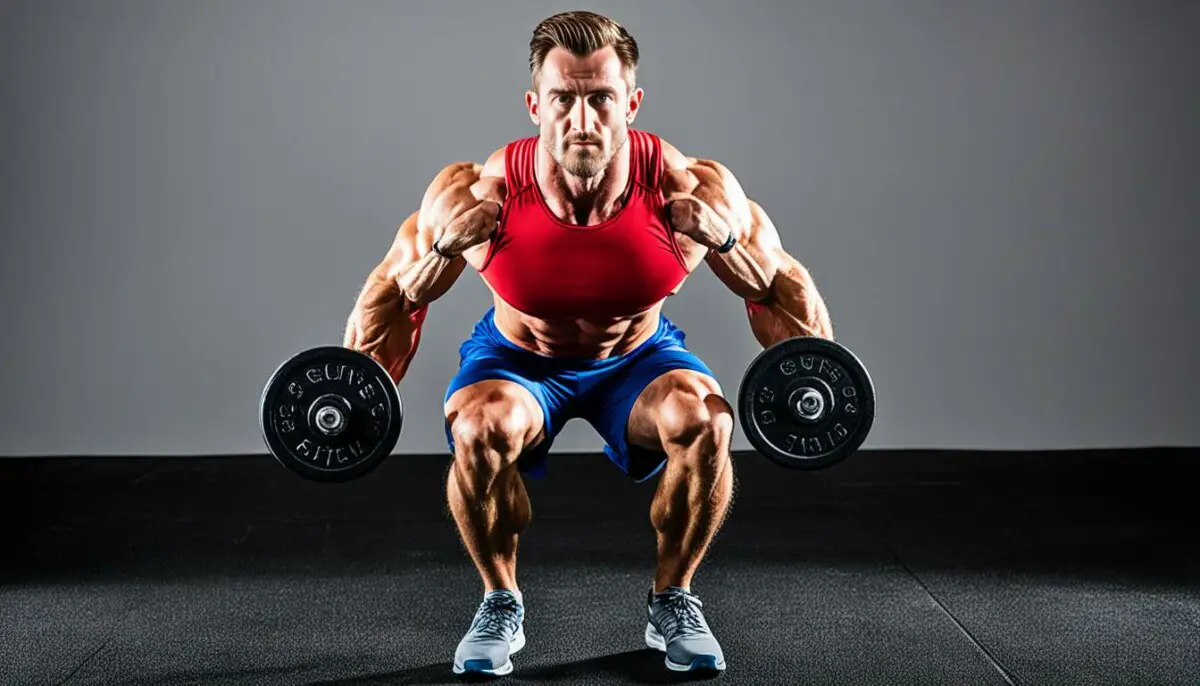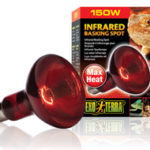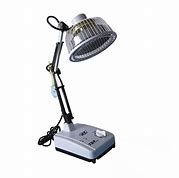Last Updated on 3 months by Francis
The goblet squat with a plate is a highly effective exercise for enhancing lower body strength. Many people underestimate its benefits, assuming it’s too easy or only suitable for beginners, but they couldn’t be more wrong. This exercise targets multiple muscles in the lower body, improves mobility, and provides a challenging core workout. In this section, we will explore the correct technique for performing the goblet squat with a plate and discuss its numerous benefits.
Contents
Key Takeaways:
- The goblet squat with a plate is a highly effective exercise for enhancing lower body strength.
- It targets multiple muscles in the lower body, including the quadriceps, glutes, and hamstrings.
- The exercise improves mobility in the ankles, hips, and upper back.
- The goblet squat with a plate provides a challenging core workout.
- Proper technique is crucial for maximizing the benefits of the goblet squat with a plate.
How to Do the Goblet Squat

To perform the goblet squat with a plate or kettlebell, follow these steps:
- Start by securing the weight in a goblet position. Hold the weight under your chin with your elbows bent and pulled tight into your body.
- Set your feet slightly wider than hip-distance apart, with your toes turned slightly outward.
- Maintain a strong upper back position and tension in your core.
- Squat straight down, allowing your hips to travel down while keeping your torso stacked over your hips.
- Stand up by pushing down into the floor and fully exhale at the top.
Remember to maintain proper form throughout the exercise, focusing on the movement and engaging the targeted muscles.
Performing the goblet squat with correct technique is crucial to maximize its effectiveness. By following these steps, you can ensure proper execution and reap the benefits of this powerful lower body exercise.
Common Mistakes to Avoid
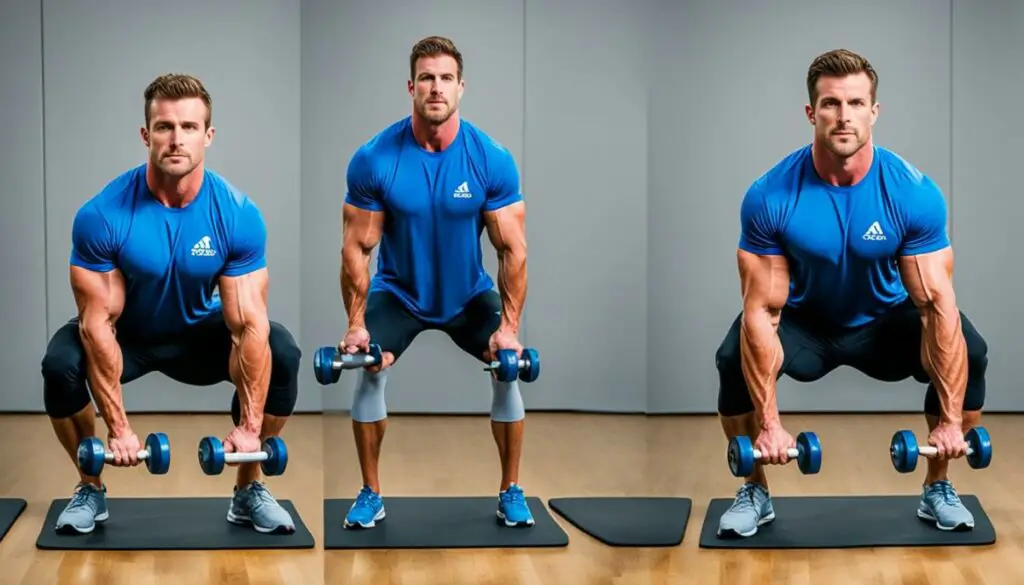
When performing the goblet squat, it is important to be aware of common mistakes that can hinder your progress. By avoiding these errors, you can optimize your goblet squat technique and reap the full benefits of this exercise.
1. Incomplete Range of Motion
One mistake to avoid is not utilizing a full range of motion during the goblet squat. Failing to descend deep enough limits the muscle-building stimulus and hinders your progress. To ensure you are getting the most out of each rep, focus on achieving a deep knee bend. This will engage the quadriceps, glutes, and other lower body muscles more effectively.
2. Sitting Back First
Another common mistake is leading the squat movement by sitting back with your butt first. This places excessive stress on the lower back and neglects the quadriceps, which should be the main focus of the exercise. Instead, maintain proper form by initiating the movement with a slight knee bend before sitting back, ensuring balanced muscle activation.
To illustrate the correct technique and common mistakes to avoid, refer to the following table:
| Mistake | Effect | Correction |
|---|---|---|
| Incomplete Range of Motion | Limiting muscle-building stimulus | Focus on achieving a deep knee bend |
| Sitting Back First | Excessive stress on the lower back, neglecting quadriceps | Initiate the squat movement with a slight knee bend before sitting back |
By avoiding these common mistakes and maintaining the correct technique, you can make the most out of your goblet squat workouts and achieve optimal lower body strength and development.
Benefits of the Goblet Squat
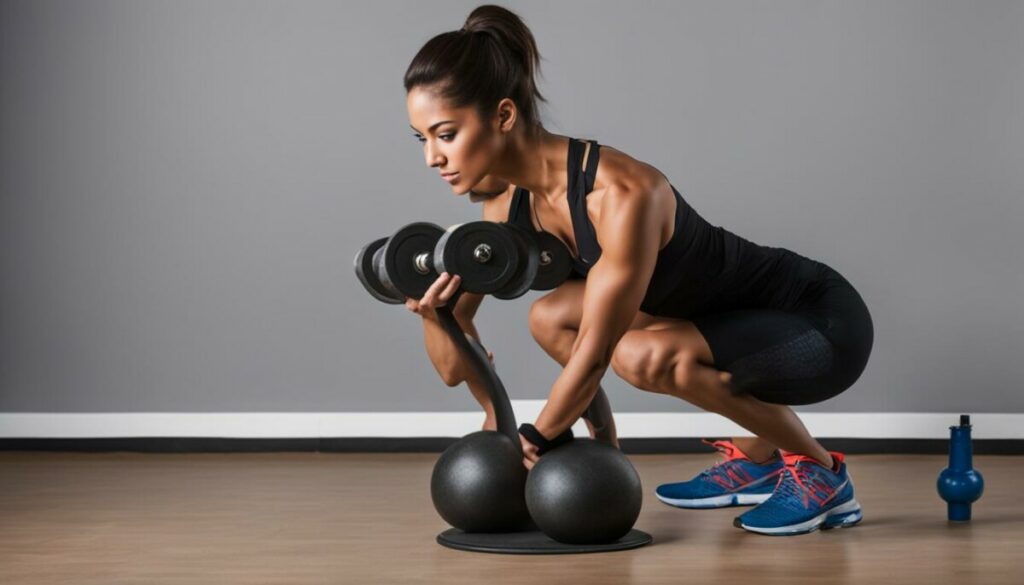
The goblet squat offers numerous benefits that make it an excellent exercise for enhancing lower body strength. By incorporating this exercise into your workout routine, you can target multiple muscles in the lower body, improve muscle hypertrophy, enhance mobility, and achieve core stability. Let’s explore these benefits in more detail.
1. Targeting Multiple Muscles
The goblet squat effectively targets several major muscle groups in the lower body, including the quadriceps, glutes, adductors, and hamstrings. By engaging these muscles, you can build strength and develop a well-rounded lower body.
2. Improved Muscle Hypertrophy
Performing the goblet squat with a plate allows you to take your muscles through a full range of motion. This increased range of motion can lead to greater muscle hypertrophy, or muscle growth, particularly in the quadriceps and glutes.
3. Enhanced Mobility
In addition to strengthening muscles, the goblet squat also improves mobility in key areas such as the ankles, hips, and upper back. The exercise requires controlled movement and flexibility, which can help prevent injuries and improve overall functional mobility.
4. Core Stability
The goblet squat challenges the core muscles, including the abdominals and obliques, as they work to stabilize the torso throughout the movement. This core activation enhances overall stability and helps improve posture and balance.
5. Effective for Fat Loss and Body Composition Changes
Due to its compound nature and muscle engagement, the goblet squat can be an effective exercise for fat loss and body composition changes. It stimulates multiple muscle groups, increases heart rate, and promotes calorie burning during and after the workout.
| Muscles Worked | Primary Muscles | Secondary Muscles |
|---|---|---|
| Quadriceps | ✓ | – |
| Glutes | ✓ | – |
| Adductors | – | ✓ |
| Hamstrings | – | ✓ |
| Core Muscles | – | ✓ |
Muscles Worked by the Goblet Squat
The goblet squat is a highly effective exercise that targets several key muscle groups in the lower body. By incorporating this exercise into your training routine, you can strengthen and tone various areas, enhancing your overall lower body strength and stability.
The primary muscle group worked during the goblet squat is the quadriceps. These muscles, located at the front of your thighs, are responsible for extending and straightening your legs. By engaging the quadriceps, the goblet squat helps to build strong and defined thigh muscles.
In addition to the quadriceps, the goblet squat also targets the glutes. Your gluteal muscles, which include the gluteus maximus, medius, and minimus, are essential for hip extension and overall hip stability. Strengthening these muscles can improve your athletic performance and help prevent injuries.
Another muscle group engaged during the goblet squat is the adductor magnus. This muscle, located on the inside of your thigh, is responsible for adduction and hip extension. By targeting the adductor magnus, the goblet squat helps to improve your inner thigh strength and stability.
In addition to the lower body muscles, the goblet squat also activates your core muscles. When performed correctly, the exercise requires core stability to maintain an upright posture and control the movement. This engagement of the core muscles helps to improve overall core strength and stability.
Furthermore, the unique position of the weight in front of the body during the goblet squat increases the activation of the upper back muscles. Although the primary focus of the exercise is on the lower body, the upper back muscles, including the rhomboids, trapezius, and erector spinae, are recruited to stabilize the weight and maintain proper form.
By targeting these specific muscle groups, the goblet squat provides a comprehensive lower body workout, helping you build strength, improve stability, and achieve your fitness goals.
Who Should Do the Goblet Squat
The goblet squat is an exercise that can benefit individuals at various fitness levels. Whether you are a beginner looking to learn proper squat technique or an athlete aiming to enhance your strength and athletic performance, the goblet squat can be a valuable addition to your fitness routine. Additionally, if your goal is fat loss and improved body composition, the goblet squat can help you achieve those results. This versatile exercise targets multiple muscle groups and offers various benefits to individuals of all backgrounds.
Benefits for Beginners
For beginners, the goblet squat serves as an excellent teaching tool to master squatting mechanics. Holding the weight in a goblet position helps promote a proper upright posture and encourages a greater depth in the squat. By performing goblet squats, beginners can develop a solid foundation and improve their form before progressing to more advanced squat variations.
Benefits for Those Training for Fat Loss and Body Composition
If your primary goal is fat loss and improving body composition, the goblet squat can be an effective exercise. It engages multiple muscle groups, including the quadriceps, glutes, and core, leading to increased calorie expenditure during the workout. The goblet squat also promotes muscle growth, enhancing overall body composition. Incorporating this exercise into a well-rounded training program can help you achieve your desired physique.
Benefits for Athletes
Athletes can benefit greatly from incorporating goblet squats into their training routine. This exercise targets the lower body muscles involved in explosive movements, such as sprinting and jumping. By strengthening the quadriceps, glutes, and core, athletes can enhance their power, speed, and overall athletic performance. The goblet squat also improves hip and ankle mobility, which are essential for agility and injury prevention in many sports.
Who Should Not Do the Goblet Squat
While the goblet squat is generally safe for most individuals, there are a few exceptions. Individuals with certain mobility restrictions or injuries may need to modify or avoid the exercise. It is recommended to consult with a qualified fitness professional or healthcare provider if you have any concerns or pre-existing conditions that may affect your ability to perform the goblet squat safely.
How to Program the Goblet Squat
The programming of the goblet squat can vary depending on individual goals and fitness levels. The key to effective goblet squat programming is to tailor the sets, repetitions, and weights to optimize results.
Beginner Level
For beginners, it is recommended to start with a focus on technique and mastering the proper form of the goblet squat. Begin with 3 sets of 10 reps using a weight that allows you to maintain proper technique throughout each repetition. Start with a lighter weight and progressively increase the load as you become more comfortable and confident in your squatting ability. Take your time to develop a solid foundation before advancing to more challenging variations or heavier weights.
Muscle Building
If your goal is to build muscle and increase strength, incorporating heavier weights with moderate to high repetitions can be effective. Aim for 4 sets of 8-12 reps using a relatively heavy weight that challenges your muscles. Maintain good form and control throughout each repetition, focusing on engaging the target muscles. Rest for about 60 seconds between sets to allow for adequate recovery.
Form and Control
Using the goblet squat as a technique tool can help improve form, control, and stability. This is especially beneficial for individuals who may have mobility limitations or struggle with maintaining proper squat mechanics. To enhance form and control, perform 4-5 sets of 5 reps with an extremely slow tempo. Focus on the eccentric (lowering) phase of the squat, taking at least 3 seconds to lower down and then forcefully drive through the concentric (lifting) phase. This tempo allows you to emphasize proper form and control, improving your squat mechanics over time.
It is important to progressively overload the weight and continually challenge yourself to ensure ongoing progress and adaptation. Keep track of your workouts, gradually increasing the weight, repetitions, or sets as you become stronger and more proficient in the exercise.
“The key to successful goblet squat programming is personalization. Tailor the sets, repetitions, and weights to your individual needs and goals. Whether you’re a beginner focusing on technique or an advanced lifter striving for maximal strength, the goblet squat can be a valuable addition to your training routine.”
Goblet Squat Variations
Looking to add variety and challenge to your goblet squat workout? Here are some variations of the goblet squat that can take your training to the next level:
1. Heel-Elevated Goblet Squat
The heel-elevated goblet squat is a modification that targets the quads and helps improve ankle mobility. To perform this variation, place small weight plates under your heels while maintaining an upright torso. The elevated heels increase knee flexion and allow for a deeper squat position, activating the muscles in the front of your legs.
2. Pause Goblet Squat
The pause goblet squat adds an extra challenge by incorporating a controlled pause at the bottom of the squat. By pausing and holding the deep squat position, you increase the time under tension and loading on your muscles. This variation enhances strength and stability in the lower body, particularly the quads and glutes.
3. Barbell Front Squat
The barbell front squat is a more advanced variation that requires a barbell instead of a plate. By placing the barbell across the front of your shoulders, you engage the upper back muscles more intensely while targeting the quads, glutes, and core. It’s a great progression for individuals looking to take their goblet squat to the next level and increase the loading potential.
4. Zercher Squat
The Zercher squat is another advanced variation that challenges your core stability, upper back, and lower body strength. In this squat variation, the weight is cradled in the crook of your elbows, emphasizing the quadriceps and glutes. The Zercher squat is a unique and effective exercise that provides a different stimulus to your muscles.
Try incorporating these goblet squat variations into your training routine to keep your workouts fresh, challenge your muscles, and continue making progress!
Conclusion
The goblet squat with a plate is a highly effective exercise that can greatly enhance lower body strength. By mastering the correct technique and incorporating variations, such as the heel-elevated goblet squat or the pause goblet squat, you can target multiple muscle groups and enhance muscle hypertrophy and mobility.
Whether you are a beginner or an advanced lifter, the goblet squat is a valuable addition to your training routine. It can be used as a teaching tool for beginners to learn proper squat form, or as a challenging exercise for athletes looking to improve their strength and athletic performance.
When programming the goblet squat, it is important to progressively overload the weight and challenge yourself. Start with 3 sets of 10 reps focusing on technique, and then gradually increase the weight and intensity as you become more comfortable and proficient.
Incorporating the goblet squat with a plate into your routine will not only enhance your lower body strength, but also contribute to overall muscle development and improved mobility. So, grab a weight plate and start reaping the benefits of this powerful exercise today!
FAQ
What is the goblet squat with a plate?
The goblet squat with a plate is an exercise that involves holding a weight plate in a goblet position while performing a squat.
How do I perform the goblet squat with a plate?
To perform the goblet squat with a plate, hold the weight plate under your chin with your elbows bent and pulled tight into your body. Set your feet slightly wider than hip-distance apart, squat straight down while keeping your torso stacked over your hips, and stand up by pushing down into the floor.
What are some common mistakes to avoid when performing the goblet squat with a plate?
Common mistakes to avoid include not using a full range of motion and standing with your butt first. It’s important to maintain proper form and focus on achieving a deep knee bend rather than just pushing the hips back.
What are the benefits of the goblet squat with a plate?
The goblet squat with a plate targets multiple muscles in the lower body, improves muscle hypertrophy, enhances mobility in the ankles, hips, and upper back, requires core stability, and can be effective for fat loss and body composition changes.
Which muscles are worked by the goblet squat with a plate?
The goblet squat with a plate primarily works the quadriceps, glutes, adductor magnus, and core muscles. It also increases the activation of the upper back muscles.
Who should perform the goblet squat with a plate?
The goblet squat with a plate can be performed by individuals at various fitness levels. It is suitable for beginners as a teaching tool to learn proper squat technique and effective for those training for fat loss, improved body composition, and enhanced strength and athletic performance.
How should I program the goblet squat with a plate?
Programming the goblet squat with a plate can vary depending on individual goals and fitness levels. For beginners, starting with 3 sets of 10 reps focusing on technique is recommended. To build muscle, 4 sets of 8-12 reps with a relatively heavy weight can be effective. Using an extremely slow tempo can also help improve form and control.
Are there variations of the goblet squat with a plate?
Yes, there are several variations of the goblet squat with a plate, including the heel-elevated goblet squat, pause goblet squat, barbell front squat, and Zercher squat. These variations add variety and challenge to the workout and target different muscle groups.
How can the goblet squat with a plate enhance lower body strength?
By mastering the correct technique and incorporating variations, the goblet squat with a plate can target multiple muscle groups, improve muscle hypertrophy, and enhance mobility, leading to enhanced lower body strength.

